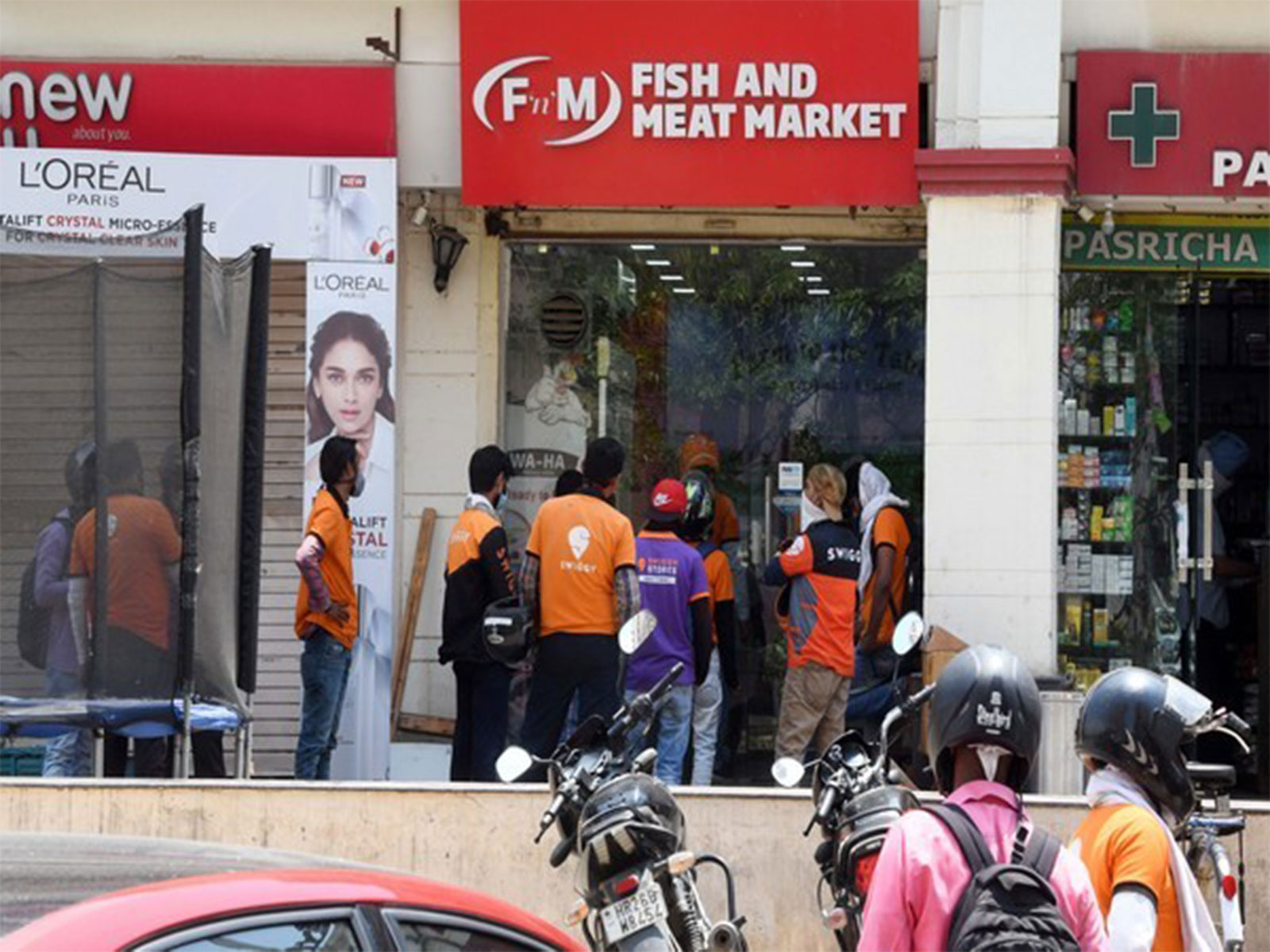New Delhi [India], November 11 (ANI): India’s internet economy is entering a new phase of growth with evolving dynamics across city tiers, according to a Bernstein Research report.
The report projects that quick commerce (QC) will dominate in top cities while modern trade (MT) like DMart, Reliance Retail etc will florish in next 400 cities, and general trade (GT) i.e Kiranas/Mom & Pop shops, to lead in remaining smaller cities and villages.
“QC will dominate in the Top-40 cities, MT to flourish in the Next-400 cities and GT to lead the Last-4000 cities.” said the report.
The report notes, “We expect GT to lose ground to QC, EC, and MT – but predict healthy growth in MT and EC going ahead as well.”
The study identifies the Top 40 Indian cities, mainly metros and Tier-1 clusters as the economic heart of the digital marketplace. These metros account for “1,700 pin codes and 200 million people”, marking them as the core of India’s internet consumption.
In these top cities, quick commerce (QC) models, driven by immediacy, convenience, and strong logistics, are expected to consolidate dominance. The report emphasizes that “Across the 4 channels, QC clearly wins on all parameters compared to GT; but MT and EC remain better at Catalog and Cost.”
This means that while traditional General Trade (GT) is expected to decline in its relative influence, the modern trade (MT) and e-commerce (EC) models are poised to expand through better cataloging, pricing efficiencies, and expanding product ranges.
Bernstein highlights a striking pattern visible globally of 2-3 players dominating e-commerce market, it says “Even the e-com markets are typically dominated by 2-3 players in most countries.” This trend of market concentration, according to the report, also applies to food delivery and quick commerce categories.
“There is significant market share concentration for Top-2 or 3 players in the food delivery category in most countries,” the report observes, suggesting that India’s quick commerce landscape may mirror global consolidation patterns where the largest players absorb most of the market share through aggressive expansion and tech-led efficiencies.
On the sustainability of these models, the report underscores the long-term interplay between scale, cost efficiency, and consumer stickiness. QC and EC firms are rapidly optimizing their logistics networks and warehouse footprints to drive down costs, while MT retailers continue to focus on margins and assortment depth in semi-urban clusters.
Meanwhile, GT are still the lifeline of India’s smaller towns and villages, but are facing increased challenges from structured players offering better availability and service reliability. However, the report notes continued relevance for GT in the “Last-4000 cities,” especially where infrastructure gaps persist.
In summary, Bernstein’s analysis paints a picture of an internet economy moving toward structured, technology-driven efficiency while leaving room for coexistence across formats. Quick commerce is expected to lead the race in metros, modern trade to thrive in mid-tier towns, while general trade to sustain its base in rural India. (ANI)
Disclaimer: This story is auto-generated from a syndicated feed of ANI; only the image & headline may have been reworked by News Services Division of World News Network Inc Ltd and Palghar News and Pune News and World News
HINDI, MARATHI, GUJARATI, TAMIL, TELUGU, BENGALI, KANNADA, ORIYA, PUNJABI, URDU, MALAYALAM
For more details and packages















